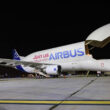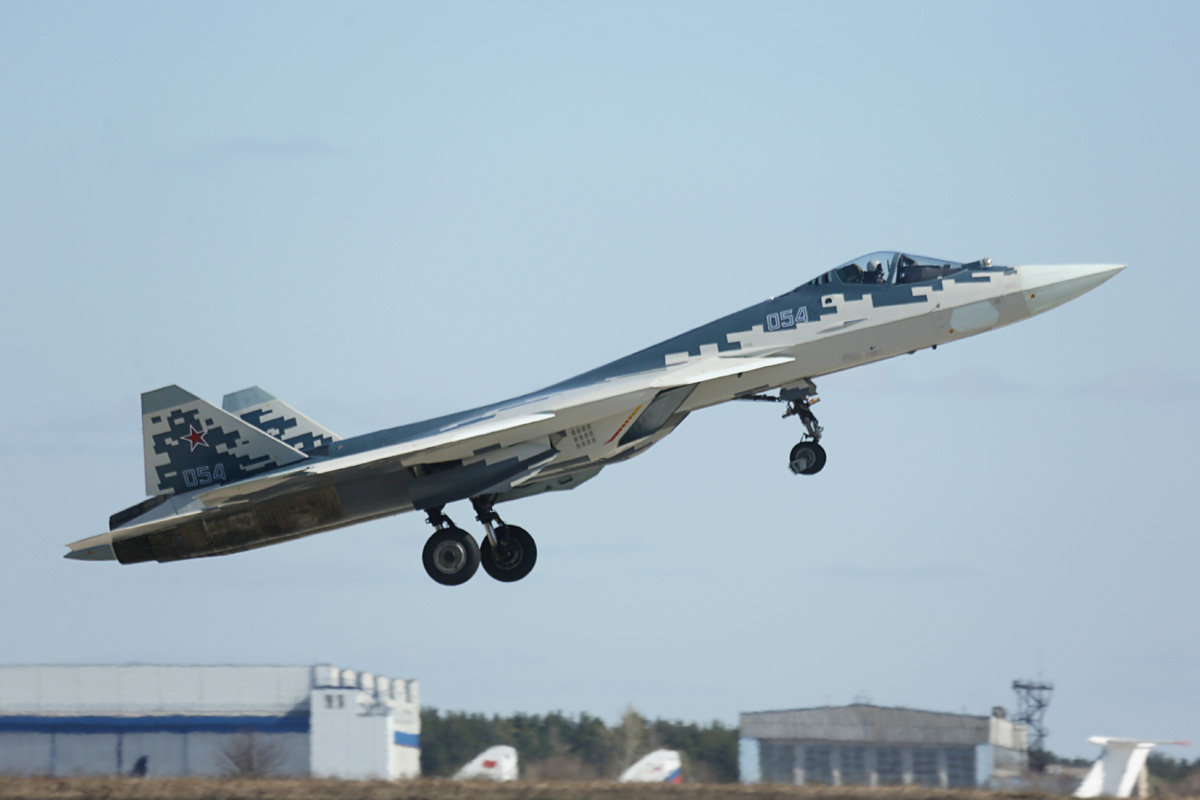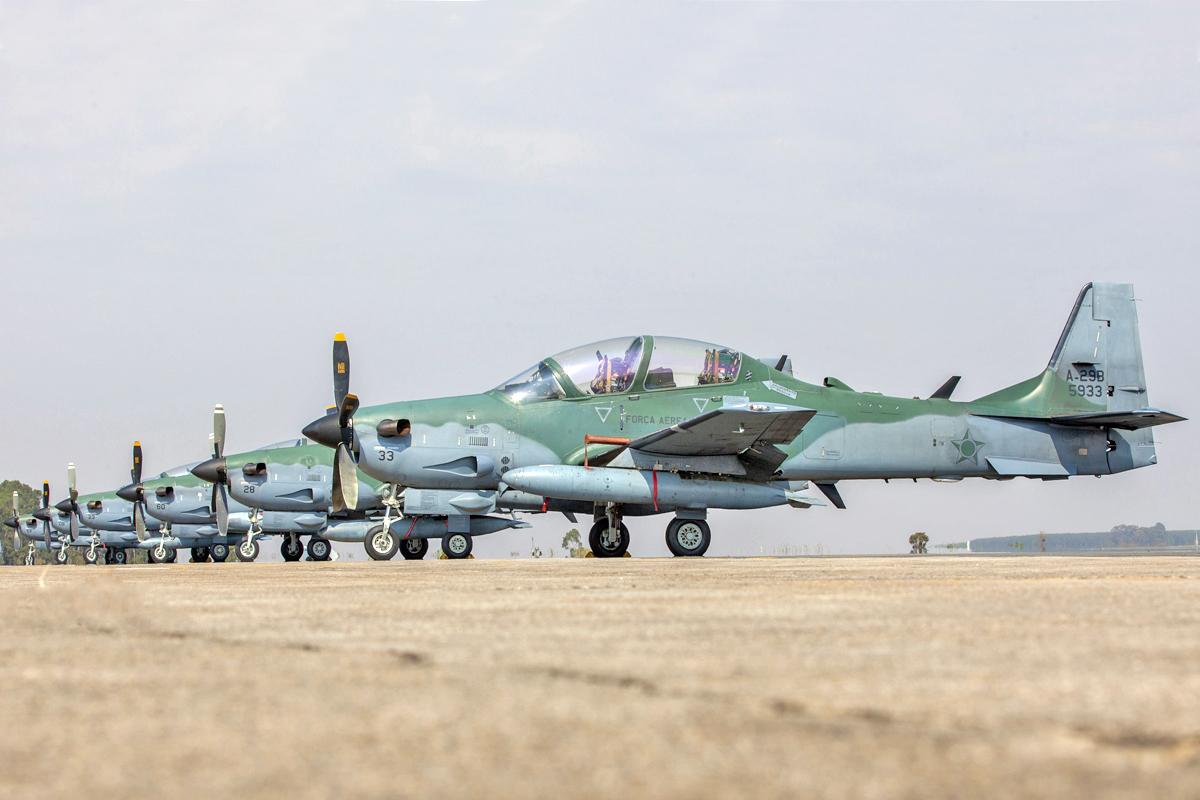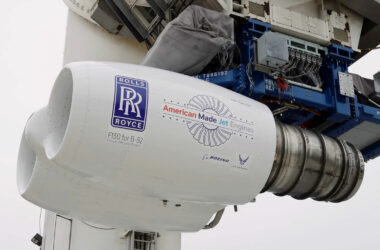The nuclear aircraft carrier USS Harry S. Truman (CVN-75) experienced an unusual episode on Friday, July 8th. One of the F/A-18 Super Hornet fighters on deck blew off into the sea after a sudden storm.
According to the US Navy, there was no one aboard the aircraft, which sank in the Mediterranean Sea, where the vessel has been since the beginning of the year, in support of NATO operations in Europe after the Russian invasion of Ukraine.
The incident is quite unusual as aircraft on the deck of aircraft carriers are chained to the ship to prevent them from being thrown overboard.
The US Navy did not clarify which of the four squadrons of the Super Hornet fighter it belongs to, but according to reports it would be a two-seat F/A-18F from the VFA-11 “Red Ripers”.
It is not yet decided whether there will be a rescue operation for the aircraft, but this is quite likely in order to prevent opposing US nations from trying to find the Super Hornet.
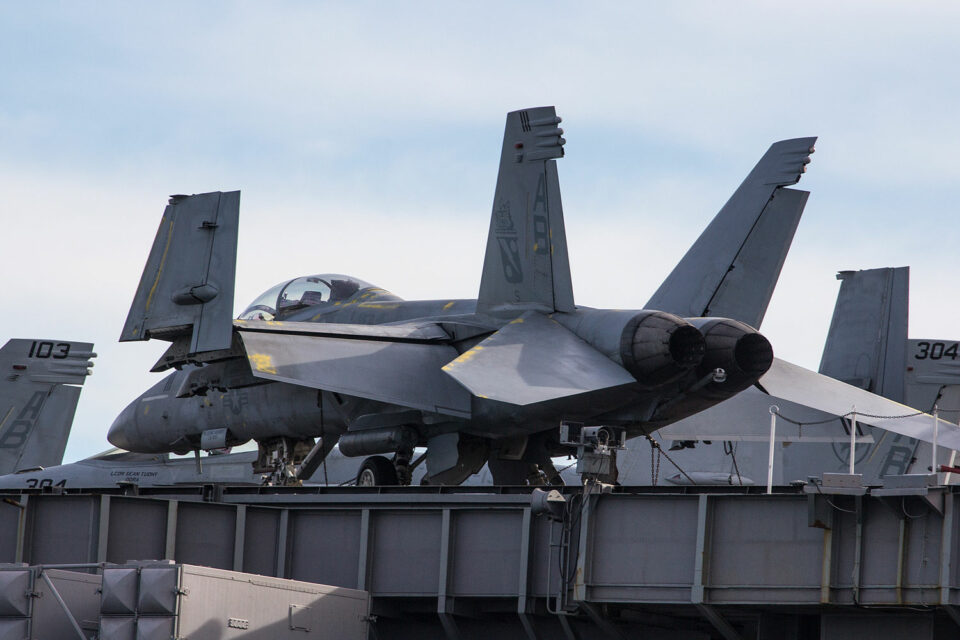
The Navy hasn’t lost a naval plane on deck since 1995 when an F-14 fighter jetted another Tomcat on takeoff. Normally, in catapult launches there are deflectors of the engines to avoid this type of situation.
In January, the US Navy lost another fighter this year, an F-35C that crash-landed and sank in the China Sea. The aircraft was recovered weeks later.
In the case of the Super Hornet, the task may be easier since the Mediterranean Sea has an average depth much smaller than the South China Sea – about 1,600 meters against 4,000 meters in the Pacific Ocean region.


